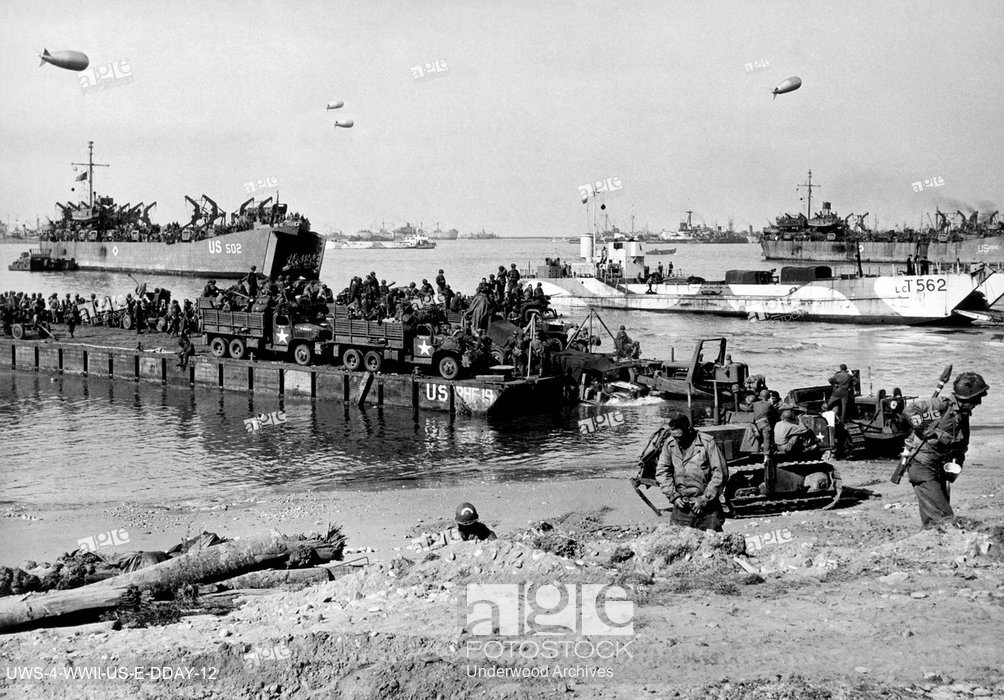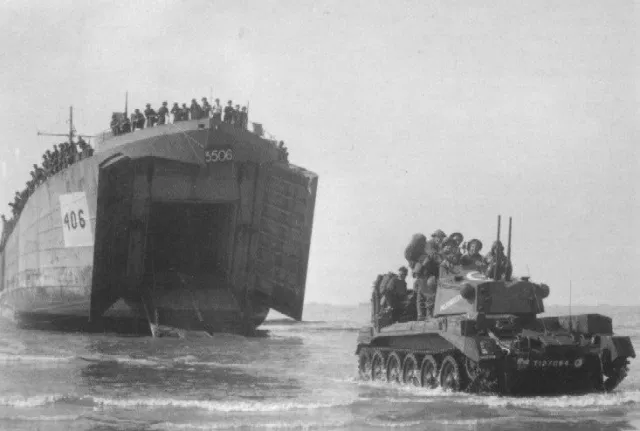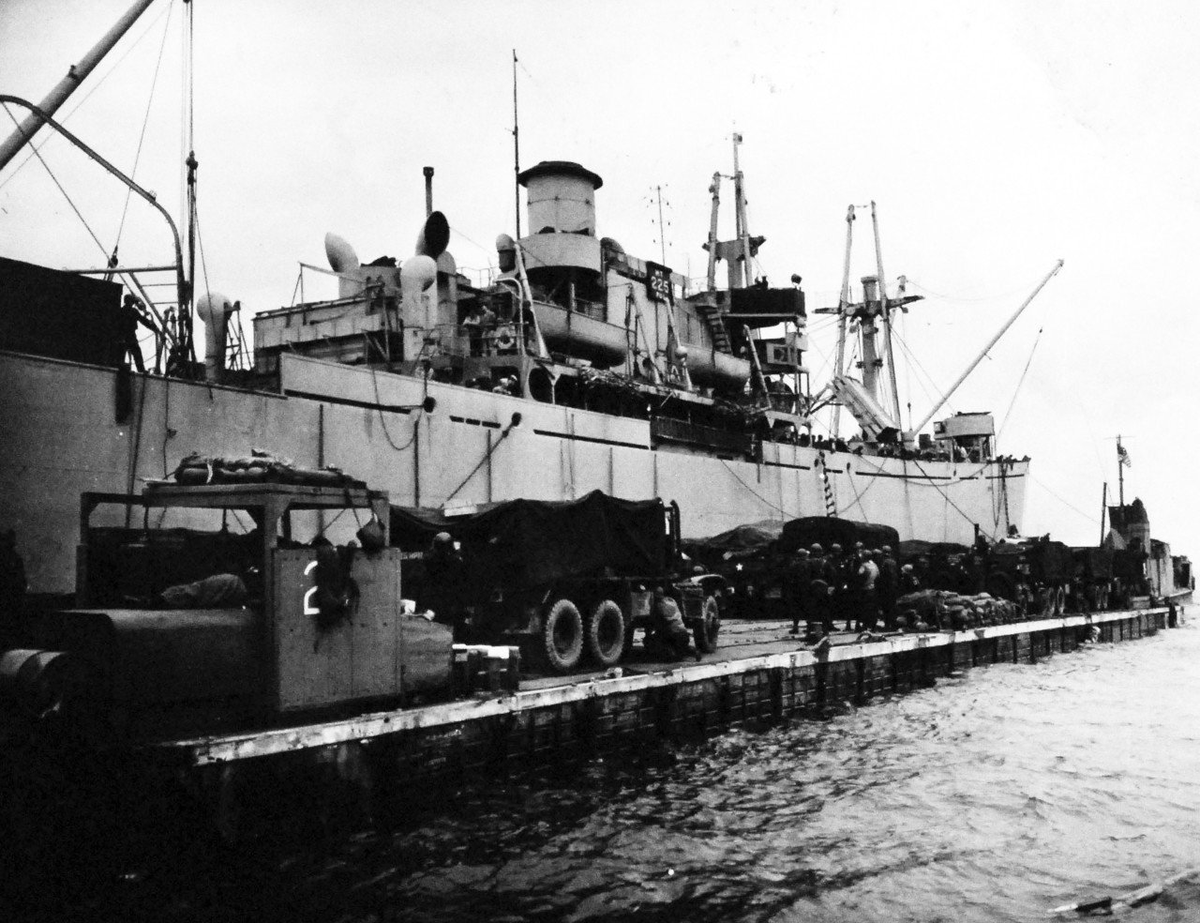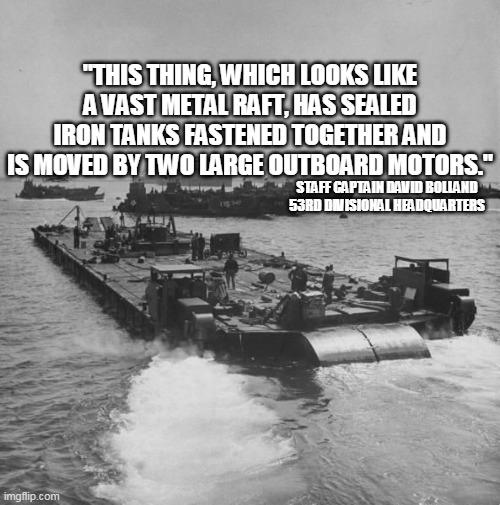Well, the negative is probably obvious. Sharing my portfolio publicly may create a commitment bias. It's hard to change your mind once you propagate all the bullish pov on stocks you own.
1/9 I have noticed a counterintuitive benefit from sharing my portfolio publicly. This isn't call for you to share your portfolio publicly; I'm aware it is not feasible/rational for many out there.
I'm just explaining how I think it helps *me*.
Well, the negative is probably obvious. Sharing my portfolio publicly may create a commitment bias. It's hard to change your mind once you propagate all the bullish pov on stocks you own.
It would create a cognitive dissonance if I get in and out of stocks every few months and yet claim myself long-term oriented simultaneously. So I kinda have to remain invested unless...
While that sounds like a lot of negatives, I'm increasingly thinking the opposite.
If in 30 years I discover my return severely lagging the index, I already know who the culprit is. It isn't Fed, Xi, or any US President. It's me.
Not having the option to flipping stocks every other month is likely to work in favor of my eventual goal of long-term ownership of great businesses.
I just need to make sure I do have such reasons.
Since I cannot just wake up one morning and decide to sell, I need to be fairly certain that I want to *own* this company before I buy a stock.
Even then, being able to cope with difficult experience in public is a skill that should come handy in the LT.

























